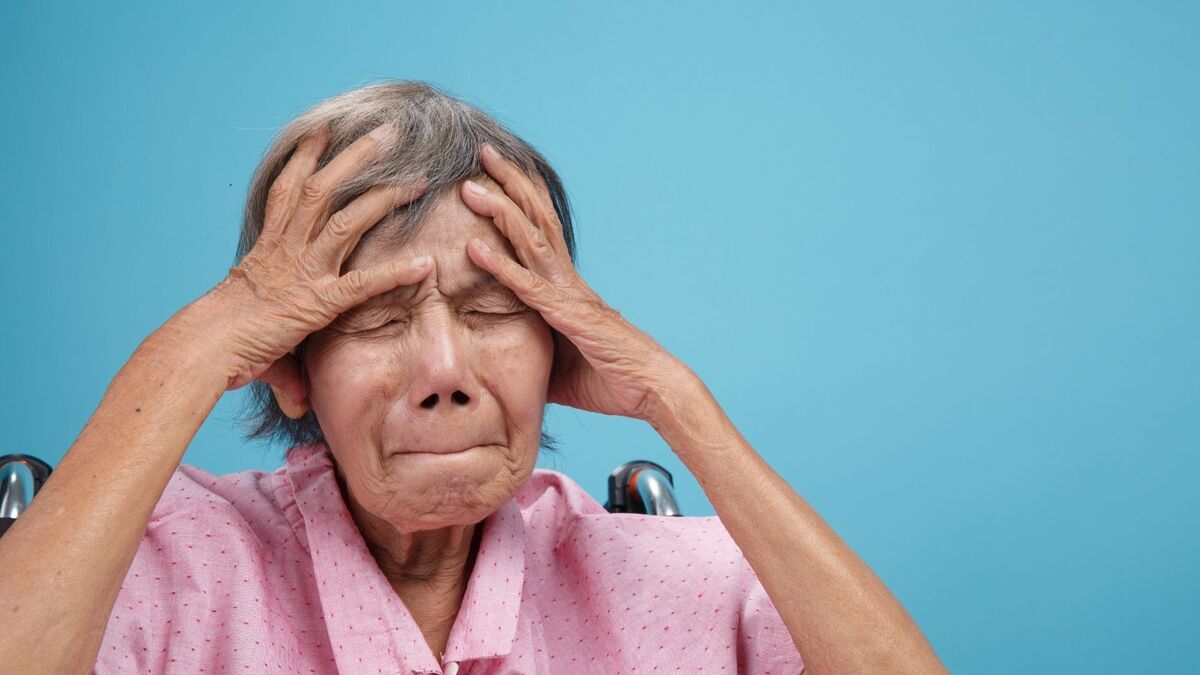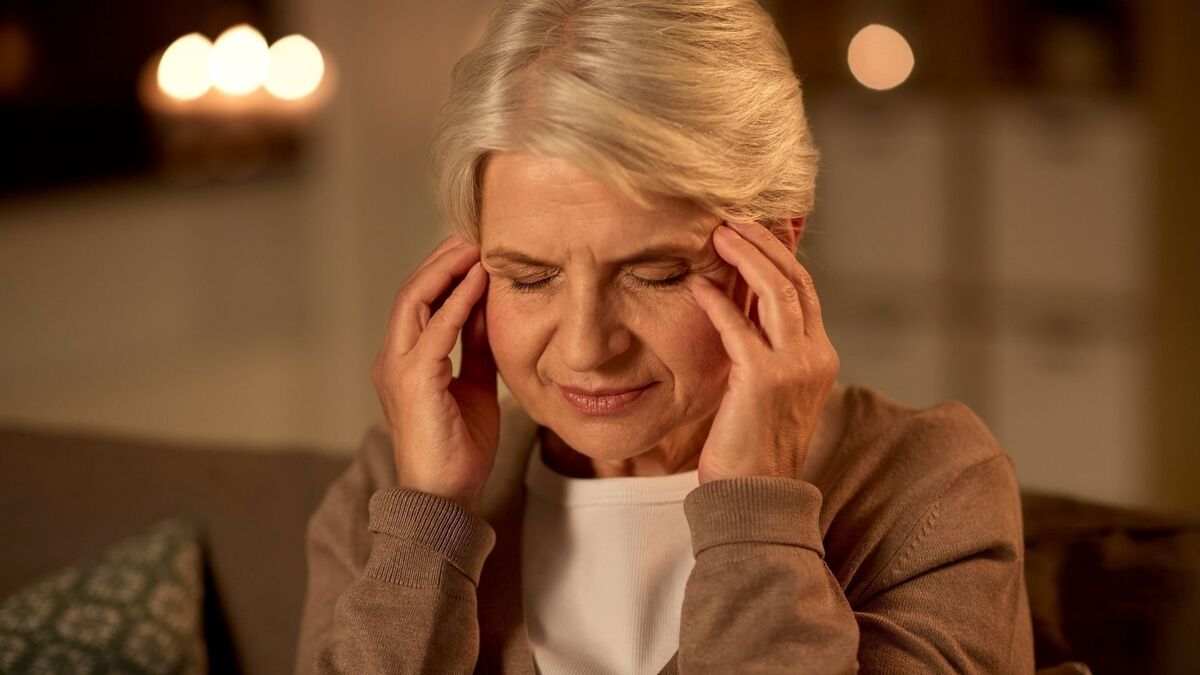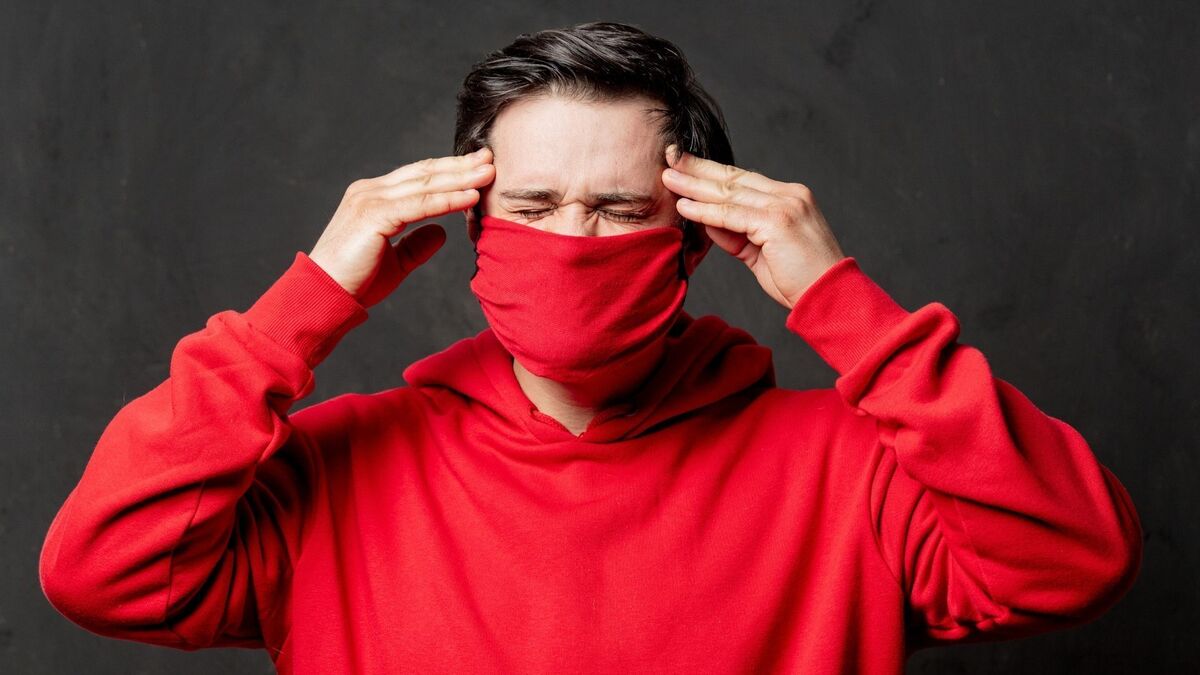Table of contents
General headache considerations

Headaches are a part of people's lives, so they don't pay much attention to this problem, simply because they consider it commonplace. However, headaches can be an indication of a more serious health problem, which can even bother and limit the individual.
There are several types of headaches, some are more serious and others less so. However, depending on the characteristics of it, it can indicate more serious diseases. Therefore, it is important to stay alert and not disregard the headaches you are feeling, because it can be a warning from your body to a bigger problem.
Check out the different types and causes of headaches below!
Headache, primary pain and secondary pain

Although headaches are very common in the daily life of people, so much that they end up not giving importance to it, they may indicate that a more serious problem is occurring in the body of the individual. Learn more in the following topics!
What is a headache
Generally speaking, headaches can affect all regions of the head, so it can happen on either one side, or the other, or even both. In addition, there are some types of headaches, which can manifest some distinct symptoms such as extreme or throbbing pain.
Depending on the symptoms that are manifested by this headache, it can be considered as mild or severe and even extend to other body members, such as the neck, for example. Headaches can manifest in several ways and in most cases it simply disappears.
The primary headaches
Primary headaches are not the result of any other disease. This type of headache is caused by pain sensitivity in some part of the head or hyperactivity. The main causes of headaches are the contraction of nerves or blood vessels present in the skull, as well as changes in the chemical activity of the brain and the contraction of muscles in the head.
There are two primary headaches, migraine and headache. They have different characteristics and do not have a common duration for all cases. Primary headaches can also be a sign of some other disease.
Secondary headaches
Unlike primary headaches, secondary headaches are a symptom of a particular disease. That is, it means that depending on the severity of the pathology, various cases can trigger it, such as dehydration, flu, hangover, tooth problems, pneumonia, among other things.
Secondary headache is also capable of being caused by the side effects of a certain medication, besides the fact that it can also arise due to the misuse of medication, such as excessive consumption, for example.
Primary headaches and how to treat them

Primary headaches are easier to deal with because they are less severe. However, just because they are less risky doesn't mean they should be put aside and you shouldn't take care of yourself when they arise. Learn how to treat them below!
Tension headache and its symptoms
Tension headache is caused by stiffness of the muscles of the neck, back or even the scalp. It can be caused by some factors such as bad posture, stress, anxiety or poor sleep quality. Usually, this type of headache presents mild to moderate pain.
In addition, the individual may also feel a certain pressure on the head, on both sides. The pain may also appear in the back of the head or on the forehead. Another symptom presented in cases of tension headache are sensitivity to light and also to noises.
How to treat tension headache
The treatment for tension headache consists of trying to relax by doing a massage on your scalp, as well as taking a hot water bath or doing some activity. If this does not work, the person who is suffering with these pains can resort to the use of medication, such as paracetamol, for example.
In addition to paracetamol, there are other medications that can be consumed in cases of tension headaches such as aspirin, ibuprofen, or some other analgesic medicine. However, it is important to consult the pharmacist before taking any medication.
Migraine and its symptoms
The headache can be considered migraine from the moment it is intense and pulsating, besides usually being accompanied by nausea, vomiting, dizziness and also sensitivity to sunlight. Migraine usually presents a degree of intensity from moderate to severe and can also last a short time, or even hours or days.
Migraine usually affects only one side of the head, and the symptoms can leave the patient unable to perform some tasks. Migraine is also harmful to the vision.
How to treat migraine
Migraine treatment is based on medications, specifically painkillers and anti-inflammatory drugs such as paracetamol, ibuprofen or aspirin. These drugs help relieve pain in some people. There are also a variety of drugs that cause blood vessels to constrict.
This constriction causes pain to be inhibited momentarily. Medicines that cause this effect in the body are Zomig, Naramig or Sumax. Antiemetics are a good option for people who suffer from motion sickness.
Headache related to sinusitis
Sinusitis can be defined as an inflammation of the sinuses, which usually causes headaches or facial pain. These pains are intensified when the individual lowers his head or lies down.
Besides the headaches caused by sinusitis, other symptoms can manifest. Among them, it is possible to mention symptoms such as pain around the nose and eyes, in addition to cough, fever, bad breath and also nasal congestion.
How to treat sinusitis-related headache
When the headache is a consequence of sinusitis, it should be treated with antihistamine medications such as loratadine or cetirizine. Decongestants such as phenylephrine and pain relievers such as paracetamol are also effective in treating headaches caused by sinusitis.
In cases where infections occur, the best thing to do is to opt for an antibiotic, always taking into account the guidelines given by a specialized professional, otherwise you can worsen your condition.
Headache in waves (cluster headache)
Cluster headache is a rare disease characterized by an intense headache, even stronger than migraine, that affects only one part of the face and one eye. In addition, these pains occur mostly during the hours of sleep, making the individual unable to sleep properly.
In cases of cluster headache, the pain is quite intense and occurs frequently throughout the day. In addition, people who have this type of headache have bouts of runny nose, as well as watery eyes and swollen eyelids.
How to treat headache in waves
Cluster headache is a disease that has no cure and there is also a factor that aggravates the situation of people with this type of headache: the treatments do not prove to be effective, nor do they solve the crises, they only reduce the symptoms or their duration. Generally, the medicines used in the treatment of cluster headache are anti-inflammatory drugs.
The oxygen mask is also used to relieve the symptoms in moments of crisis. Among the causative factors of cluster headache, it is also possible to include hormonal changes, hypertension or even some head injury.
What are the main differences between common headache and migraine?
There are differences between a common or tension headache and a migraine. Common headaches usually have a mild to moderate intensity. The pain can occur in all areas of the head, giving a certain feeling that something heavy is on it or even that your head is being pressed down.
In the case of the common headache, taking a painkiller or resting a little relieves the symptoms. In relation to migraine, it has a higher degree of intensity, ranging from medium to strong, and is always accompanied by symptoms such as: loss of appetite, nausea, vomiting, dizziness, sensation of unbalance, among other things.
Migraine triggers
There are some circumstances, habits or practices that can trigger migraine. They are called "triggers", because due to these things migraine arises in most cases. Among them are: fatigue, stress, poor quality of sleep, going through long periods of fasting, alcohol consumption, among other things.
Another factor that can trigger migraine is weather variations, so people who live in places where the climate tends to vary a lot end up suffering more from migraine.
The most common causes for secondary headaches

Secondary headaches have a higher degree of pain than the common ones. They are usually accompanied by other diseases, and can be caused by a number of factors. Check each one in more detail!
Poor nutrition
Poor eating habits or the consumption of specific foods can trigger secondary headaches. This is due to the fact that some foods have substances that favor pain. Among them are coffee, soy sauce, chocolate, onions, garlic, and even citrus fruits.
Another determining factor for the onset of headaches are foods eaten cold. They can constrict the blood vessels, causing the headache. Among the foods that can cause this are cold drinks and ice cream. Going too long without eating also causes headaches due to the high release of adrenaline.
Poor sleep quality
Poor sleep quality is also a determining factor for the emergence of secondary headaches, firstly because unregulated sleep leads to stress, which is one of the indirect causes of headaches. Not to mention the fact that not sleeping adequately or not getting the recommended eight hours of sleep impairs the production of melatonin.
Melatonin is a hormone produced by the body that has as its function the synthesis of natural painkillers, that is, it is of fundamental importance to prevent headaches.
Stress
Stress can also be included as one of the causative factors of secondary headaches due to the fact that it releases adrenaline. Along with it comes cortisol, which is also a source of vasoconstriction, and this triggers the headache. Thus, people who have a stressful routine may suffer from recurrent pain.
This makes a change in daily work activities or even in the family or social context necessary in order to reduce stress and consequently headaches.
Sedentary lifestyle
Excessive physical effort can be a triggering factor of headaches, but the opposite can also cause headache. Sedentary lifestyle is a factor that contributes to this picture due to the fact that physical exercises help in the process of vasodilation, which prevents the headache. In the case of sedentary lifestyle, this vasodilation does not occur.
A sedentary lifestyle can lead to headaches, but once you know that, you should not exercise just like that; it is necessary to do it in a balanced way.
Overexertion
The practice of excessive physical activities is also a triggering factor of headaches. Therefore, some practices that require a lot of physical effort end up making people feel headaches, among them are sports activities, the gym, work or even sexual practice.
It is important to stay in a state of alert, because the emergence of headaches due to the practice of physical activities may indicate something more serious, such as an aneurysm, for example. In case of doubt, consult a doctor.
Odors
Strong smells can also trigger headaches, and this is scientifically proven. Generally, people get headaches when they are exposed for a very long time to intense smells, such as that of gasoline, cigarettes, strong perfumes or even solvents.
Therefore, it is important to avoid excessive exposure to these strong smells. If this is not possible, you can use some equipment that inhibits the presence of these smells, such as a mask, for example.
Posture
A daily life where the person spends the day in bad posture can trigger the headache. This is due to the fact that the nerves of the spine end up being compressed, and this compression can radiate to the head, causing the tension pains. When the individual has problems such as parrot beak or hernias, the headache ends up becoming chronic.
Osteoporosis is also a triggering factor for chronic headaches, so if you don't want to suffer with problems related to bad posture or permanent headaches, try to correct your posture, either in the workplace or at home, keep an eye on it.
Environmental factors
Some environmental conditions cause the body to become dehydrated, and this is one of the triggering factors for headaches. The inflow and outflow of potassium and sodium from cells can end up triggering dehydration and consequently headaches. This occurs due to heat, humidity, pressure and even air pollution.
When the person is in a place with these conditions, the emergence of headache becomes more likely. Therefore, what you should do is try to hydrate as much as possible and avoid staying in environments with high content of pollutants.
When should I worry about a headache?

Through this article, you can know the factors that cause headache, understood that there are some types of headaches, which are classified according to the intensity of pain. You can find out what are the main symptoms, treatments and also the causes of headache.
However, you should be very attentive to the occurrence of headaches, because depending on how often they appear, it may be an indication of a more serious illness. From the moment a headache manifests itself for three days in a row, or discontinued within a week, seek a doctor.

